A Closer Look at Diesel Fuel Systems
While technology continues to advance, diesel fuel systems still require support from fuel additives with every tank.
Diesel fuel systems have changed dramatically over the past 25 years. Technological advancements have provided diesel owners with more power, better fuel economy and better starting, but those advancements don’t come without a learning curve. While original equipment manufacturers (OEMs) and aftermarket parts suppliers continually improve their products, diesel fuel systems still require support from fuel additives with every tank.
HEUI Systems
A variety of fuel-injection systems have been used since the dawn of the internal combustion engine. In 1993, Caterpillar* introduced Hydraulically Actuated Electronic Unit Injection (HEUI), where the injectors were no longer camshaft-operated. HEUI was developed to increase fuel efficiency and decrease emissions without losing engine torque.
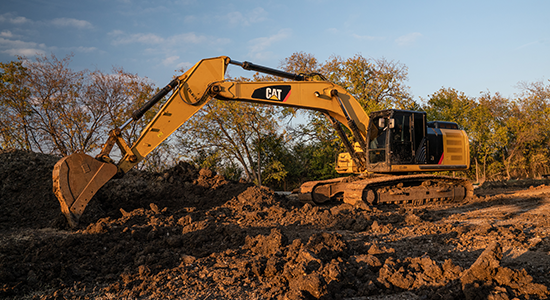
In a HEUI injector, oil pressurized between approximately 500 to 3,000 psi by a high-pressure oil pump (HPOP) is used to pressurize fuel inside the injector. The HPOP is separate from the engine’s oil pump, which provides oil pressure for lubrication; the HPOP is dedicated to providing pressure to the HEUI injectors only.
HEUI injectors can be broken down into two basic sections: a fuel chamber and an oil chamber. A low-pressure fuel pump supplies fuel to the injector and a high-pressure oil pump supplies pressurized oil to the injector. During the injection cycle, an actuator allows high-pressure oil to enter the oil chamber of the injector body, applying pressure to an intensifier piston.
The fuel chamber of the injector lies on the other side of the piston. The intensifier piston pressurizes fuel at a rate of seven times the oil pressure. This fuel becomes pressurized before an electric actuator releases it through the injector nozzle.
HEUI injectors presented many benefits compared to the mechanical injectors of their time. For example, HEUI injectors allowed for improved throttle response. At low engine speeds, the engine produced higher fuel pressure for better fuel economy. Injection timing and the fuel rate could also be controlled electronically.
Essentially, HEUI systems reduced exhaust emissions and increased engine performance, regardless of speed.
Common-Rail Direct Fuel Injection
Common-rail direct fuel injection is a modern variant of a direct fuel-injection system for diesel engines. The name “common rail” is used because all fuel injectors receive fuel from the same fuel rail, as opposed to individual lines for each injector.
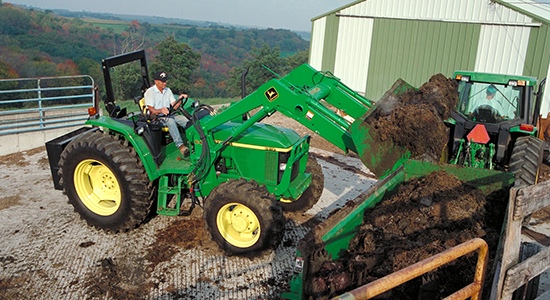
HPCR Systems
High-pressure common-rail (HPCR) systems were designed to supply the demand for more power, while still satisfying various emissions regulations. HPCR systems today are suitable for all types of diesel engines. They feature a high-pressure fuel rail feeding individual solenoid valves, as opposed to a low-pressure fuel pump feeding unit injectors.
HPCR injection is a technique for delivering pressurized fuel to injectors. The low-pressure fuel lift pump delivers fuel to a high-pressure injection pump, which pressurizes fuel up to 30,000 psi and sends it to the common rail. Because pressurized fuel is stored in the common rail, injection pressures are less dependent on engine speed, unlike HEUI and mechanical injection systems. Today’s HPCR systems also use piezoelectric injectors, which allow for multiple injection events per cycle.
All of this translates into increased low-end performance, improved fuel economy, reduced engine noise and significantly lower emissions.
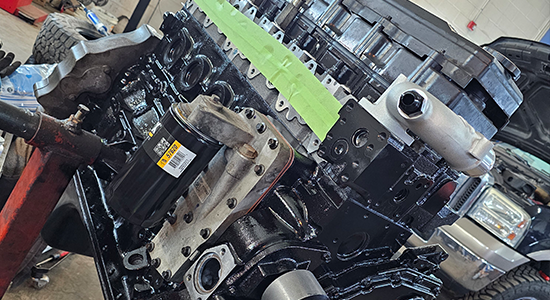
Injection-System Problems
Diesel-fuel quality is highly variable, with large differences often occurring between, and even within, regions. Such fuel variability can create problems for owners and operators. The American Society for Testing and Materials (ASTM) D975 specification covers seven grades of diesel fuel suitable for various types of diesel engines. Low-grade fuels burn at a high heat value, but produce more contaminants. Higher-grade fuels have a lower heat value, but produce fewer contaminants. The requirements specified for diesel fuel are determined in accordance with test methods for cloud point, carbon residue, ash, distillation, viscosity, sulfur, copper corrosion, cetane number, cetane index and viscosity.
There are two main causes of fuel-injector failure associated with the properties of the fuel itself: wear and deposits.
Wear
While wear is common and problematic in older fuel-injection systems, such as HEUI systems, it is potentially more common in HPCR engines since the injectors are smaller, bear higher pressures and activate up to five times more per combustion cycle. Excessive wear can be caused by poor fuel lubricity or abrasion, and lubricity is key to keeping injectors from wearing out.
Ultra-low-sulfur diesel (ULSD) has a maximum allowable sulfur content, but the process by which sulfur is removed from fuel also removes the wax that provides lubrication, resulting in the need for diesel owners to use lubricity improvers.

Deposit Buildup
The two major types of deposits relating to fuel-injector failure are external injector deposits and internal injector deposits.
External Injector Deposits
External injector deposits, or coking deposits, are usually caused by fuel that does not burn completely and builds up on the injector nozzle in the combustion chamber, plugging the holes affecting spray pattern. These deposits can appear dark brown to black in color and carbonaceous or scaly in texture.
External injector deposits, in most cases, won’t lead to fuel-injector failure; however, they can disrupt fuel spray and lead to inefficient fuel combustion. This inefficient fuel combustion can become noticeable through reduced vehicle power or fuel economy. Diesel additives have been successful in controlling the buildup of external deposits and ensuring efficient performance from the fuel injector.
Internal Injector Deposits
Internal injector deposits form on the internal parts of the injectors, such as the injector needles and pilot valves. Though they can go unnoticed, common symptoms of internal injector deposits include difficult starts, rough idling and sluggish performance.
Internal injector deposits appear light grayish and look very similar to coking deposits. They can form in most diesel engines, but are known to cause problems in HPCR diesel engines due to small clearances between the injector body and pintle, high-pressure fuel flowing through it and high fuel temperatures inside the injector that lead to deposits plating out on injector surfaces, reduced design clearances and a sluggish or faulty injector.
Cold Weather
Wax concentrations in diesel fuel can lead to cold-weather problems in diesel engines. As the temperature drops, wax crystals form in low-sulfur diesel fuel. The fuel becomes thicker and gradually gels until it finally clogs the filter, fuel lines or injectors. If the temperature is sufficiently low, excessive crystal formation can block the fuel filters and lines, causing difficult engine starts and the potential for the engine to stop running due to fuel starvation. This effect can be minimized and controlled with the use of cold-flow improvers.

Cold-flow diesel fuel additives are designed to prevent gelling and enhance diesel fuel cold-weather performance. They work by modifying the size and shape of the wax crystals, allowing the treated fuel to operate at lower temperatures without problems. Modifying the wax crystal formation in fuel lowers the cold filter-plugging point (CFPP), eliminating fuel-line freeze, preventing fuel-filter icing and reducing corrosion due to moisture caused by condensation in the fuel tank.
When diesel fuel surpasses its CFPP, the wax crystals clog the fuel filter and starve the engine of fuel, preventing it from starting. Emergency diesel-fuel treatment additives are added to the fuel filter and fuel tank when the vehicle won’t start or is having a hard time running, melting the solidified wax crystals and dissolving ice to get the engine back up and running quickly.
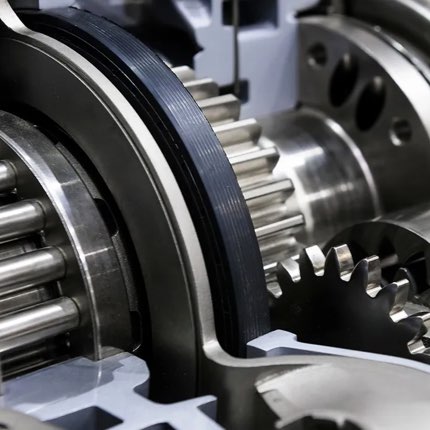
AMSOIL Performance Testing
Laboratory tested and proven on the road.
See how AMSOIL products perform in the lab and in the field.
Check out the testsAMSOIL Diesel Fuel Additives
Poor diesel fuel quality can foul injectors, accelerate injector pump wear, lead to rough running, impede starting and cause cold-temperature stalling. AMSOIL diesel fuel additives effectively combat these issues and help improve diesel engine performance.
• Cleans dirty injectors
• Lubricates pumps and injectors to reduce wear
• Extends fuel filter life
• Improves fuel economy up to 8%
• Lowers cold filter-plugging point (CFPP) by up to 40°F (22°C)
• Enhances engine reliability in cold temperatures
• Fights gelling in cold weather
• Improves low-temperature startability
• Quickly dissolves gelled fuel
• Thaws frozen fuel filters
• Performs well in ULSD, off-road & biodiesel
• Alcohol-free and non-corrosive
• Increases cetane up to 8 points
• Delivers maximum horsepower
• Increases fuel economy
• Improves startability
• Combines the superior detergency and improved lubricity of Diesel Injector Clean and the increased horsepower and cetane of Diesel Cetane Boost in one convenient package
Combines the superior detergency and improved lubricity of Diesel Injector Clean, the excellent cold-flow and anti-gelling properties of Diesel Cold Flow and the increased horsepower and cetane of Diesel Cetane Boost in one convenient package, providing the full potency and benefits of all three products at an affordable price
*All trademarked names and images are the property of their respective owners and may be registered marks in some countries. No endorsement claim, express or implied, is made by their use.




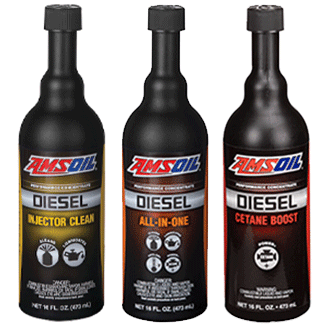
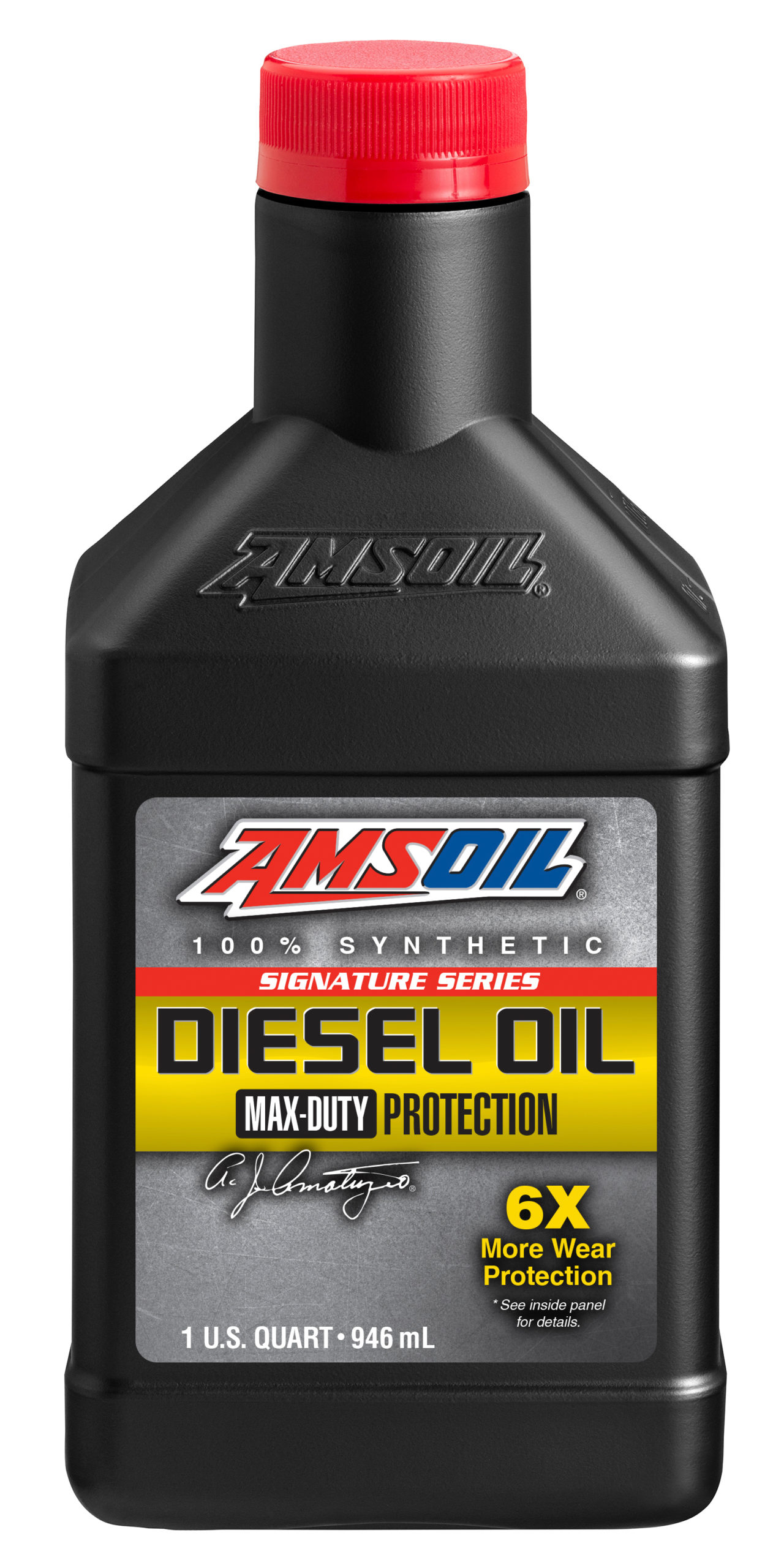
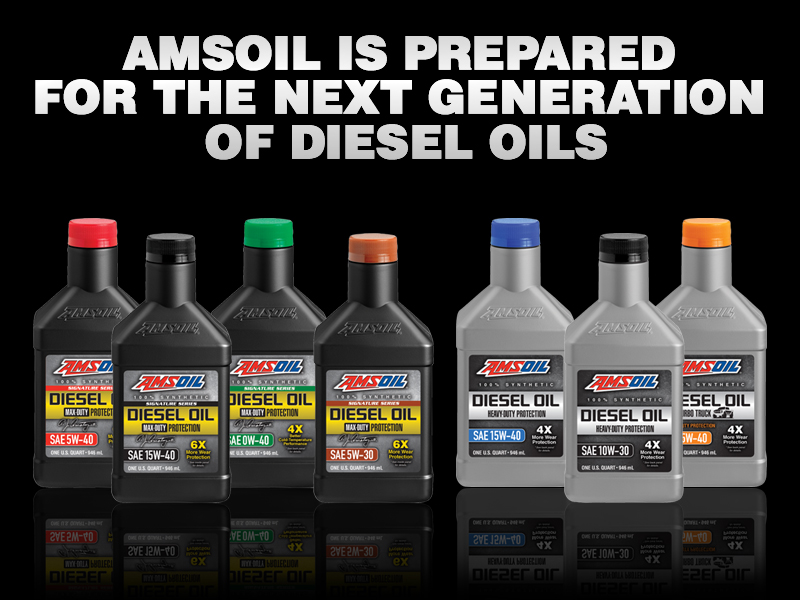
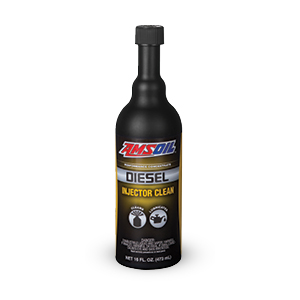
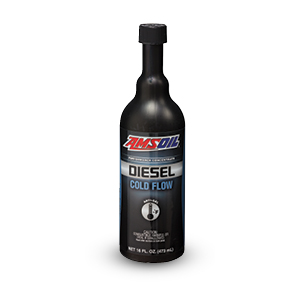
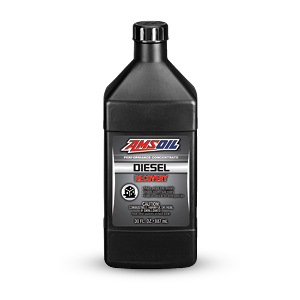
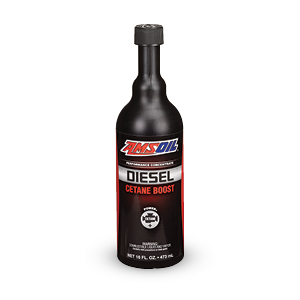
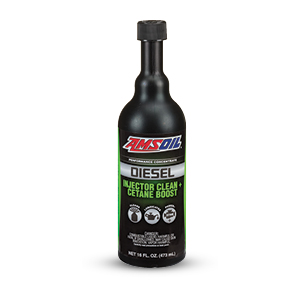
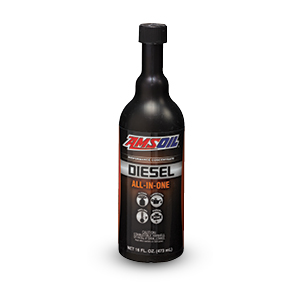

 https://acoilsupply.com
https://acoilsupply.com


